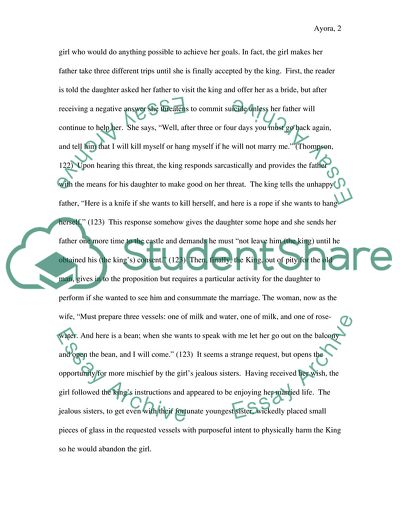What Do Fairy Tales Teach Essay Example | Topics and Well Written Essays - 1500 words. https://studentshare.org/literature/1719049-folktale-heroes
What Do Fairy Tales Teach Essay Example | Topics and Well Written Essays - 1500 Words. https://studentshare.org/literature/1719049-folktale-heroes.


